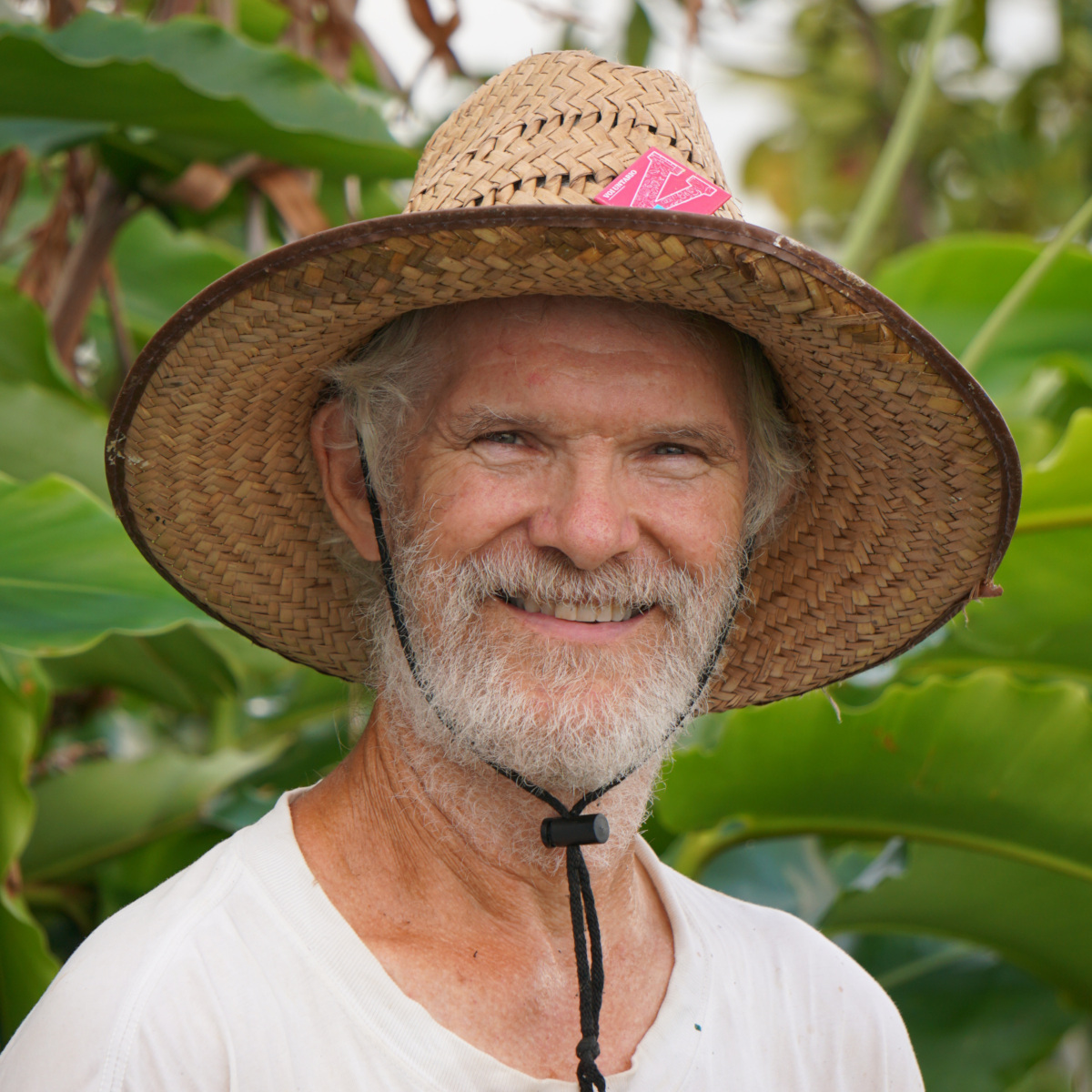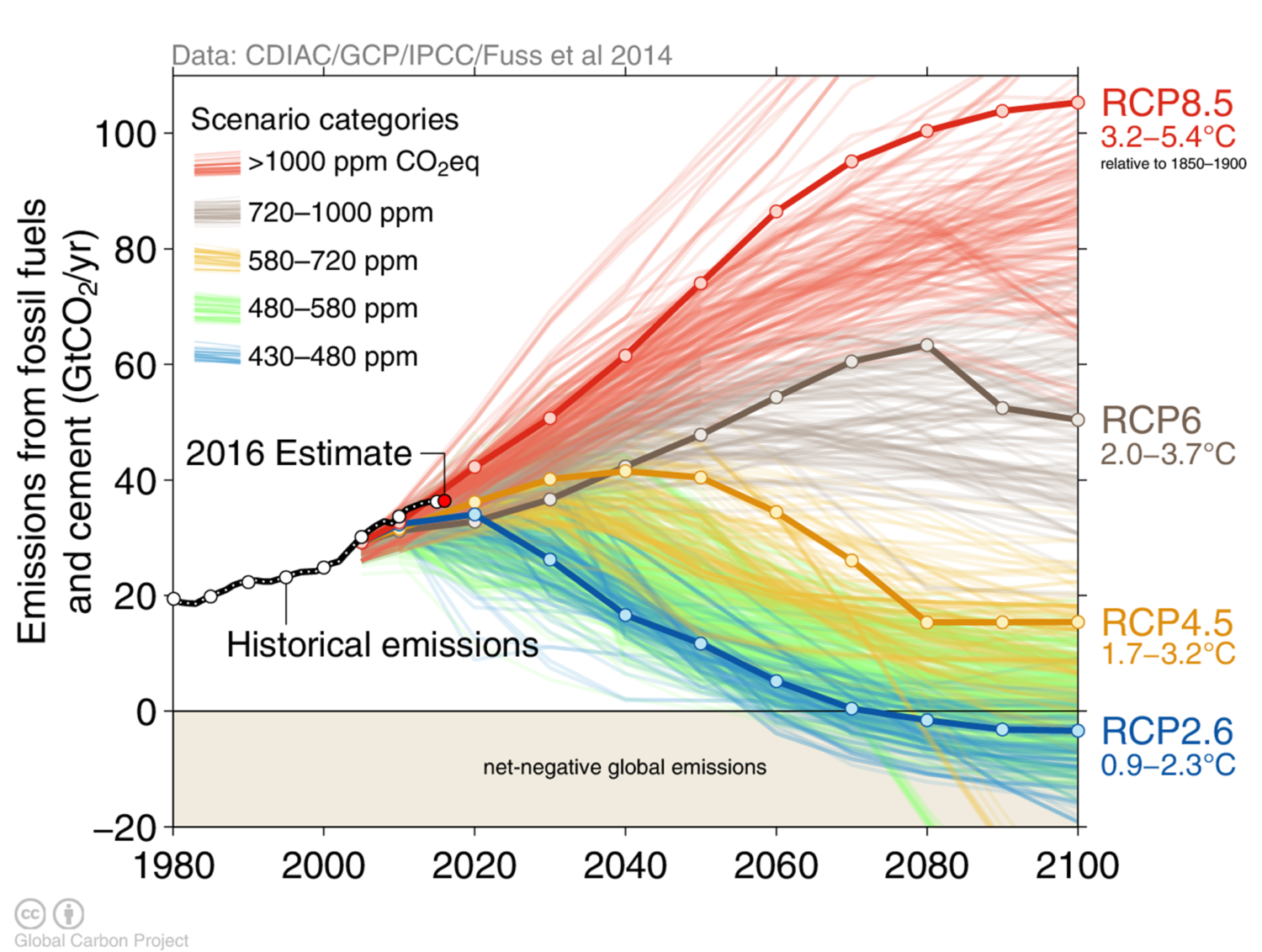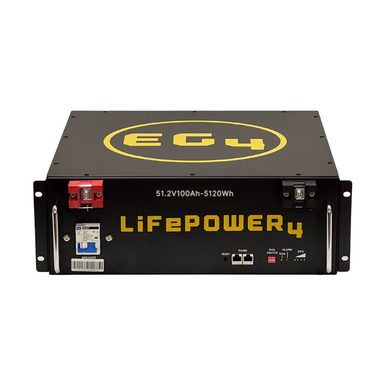
NYT is spouting every headline they can imagine to shift votes toward Trump, and not just lately. Their entire editorial focus is to cast confusion on Democrats’ prospects. They should be recognized as firmly partisan and no longer serving a journalistic purpose. Unfortunate, but that’s the times in which we live.


















@Dogyote, sorry for the slow reply. This is a tricky question. It depends on what sort of interest you have in biochar, to be honest. Are you making it at home? Are you buying it for a garden? Are you interested in commercial production? It is a very fast evolving area of interest and there is a lot of information that seems a bit questionable to me - but maybe just because I am not up-to-date.